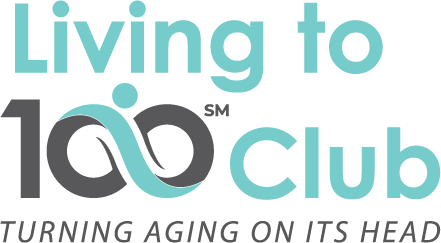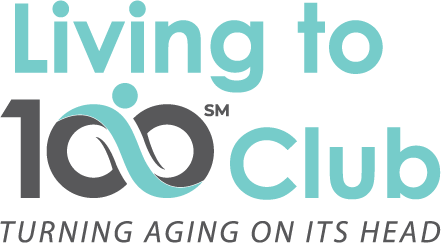These factors should be kept top of mind when assessing for evaluating depression in older adults:
- Older adults have higher rates of transient, recurring and atypical symptoms of depression (e.g., apathy, multiple physical symptoms and complaints). Typically, these do not meet the criteria for major depressive disorder in the Diagnostic and Statistical Manual terminology.
- Older adults do not admit to symptoms of depression, due to stigma associated with any type of emotional disorder. These are reasons why depression tends to be under-diagnosed in this age group especially in long term care settings.
- Somatic signs and complaints may be the most common symptoms of a depressive disorder in older adults. These include sleep disturbances, and “vegetative” symptoms such as anorexia, loss of libido, withdrawal and isolation, gastrointestinal complaints, constipation, bodily preoccupations and vague physical complaints. This clinical picture is sometimes referred to as “masked depression.”
- Disturbances in thinking and cognitive functioning, such as memory, concentration, attention and orientation complaints can resemble or mimic the cognitive dysfunction seen in dementia. In fact, this is often mistaken for dementia. When depression is the cause or “culprit,” the appropriate term to describe this is “pseudo-dementia.” These clinical symptoms can be effectively treated.
- In view of the multiple losses and increased physical limitations seen in older adults, there is a need to recognize a greater variation in the expression of depressive affect. Importantly, though, depression should never be considered “normal.”
- There may be a higher incidence of depression in this age group, but it should not be seen as a normal consequence of aging.
Barriers to Diagnosis and Treatment of Depression in Long Term Care:
There are high rates of depression and other mental disorders in older adults. However, there are several reasons why these individuals do not receive the needed care.
- One reason is that patients do not present complaints of depression or distress in straight forward ways. Depression presents itself differently, without the usual, easily recognized cluster of symptoms. The term “masked depression” is used to describe this clinical picture.
- Here, the symptoms observed in the foreground (e.g., multiple somatic complaints, declines in self-care, disinterest and withdrawal, and cognitive changes and memory problems) are not accompanied by complaints of depression. On the contrary, the individual does not report depression, or denies its presence.
- These “depressive equivalents” cover or mask the underlying emotional disorder.
- One may ask the question, “Why the tendency to mask emotional problems?”
- This may be due to the stigma attached to emotional or psychological problems. It may also be due to an ageist attitude (i.e., tendency to see these changes as normal and an inevitable aspect of aging).
- Family members, physicians and other caregivers may also minimize the presence of emotional problems out of protectiveness for the individual.
- And there is also the belief held by many mental health professionals that older adults do not separate mental from physical symptoms. Because of this inseparability of mental and physical health problems, they do not seek out mental health care.
Problems of Undiagnosed and Untreated Depression in Older Adults
There are several undesired consequences when depression is not assessed and treated in older adults:
- Individuals are prevented from functioning at their highest level, and deprived of a better quality of life.
- Demands are made on medical care for problems that may be psychological in origin and respond to psychological treatment.
- Individuals may be erroneously viewed as “organic brain syndrome” or demented, and considered untreatable.
- Untreated depression may lead to self-destructive behavior; ratio of attempts to success in younger adults is 7:1, in the 65+ age group, it is 2:1 (suicide attempts in older adults are rarely “cries for help”).
Closing
Developing the knowledge and skills to work effectively with older adults is an ongoing process. This article addresses a number of questions and factors to keep in mind when considering whether an older adult we are working with may be or may not be depressed.
This article is referenced in the Living to 100 Club’s new publication, Better, Longer & Happier: A Guide to Aging with Purpose and Positivity.


